Canberra’s legal graffiti sites: innovative diversion or practice ground for illegal taggers?
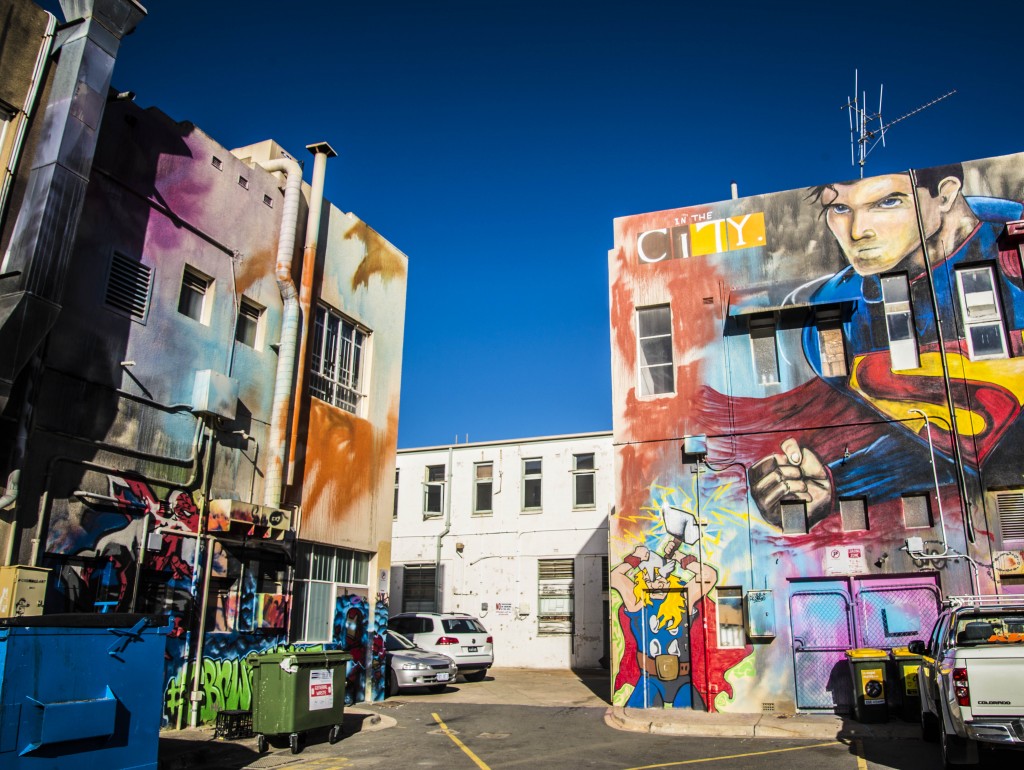
Many cities and councils have looked to Canberra for the solution to their graffiti woes. For over 10 years, the ACT government has used legal graffiti sites in an attempt to get illegal taggers to divert their spray cans to different areas. But is this strategy working? Or is it missing the point of street art, and the message these artists are trying to portray?
With illegal graffiti currently costing the ACT government $500,000 a year, a solution is definitely needed. But with some legal sites having been shut down, and many more under threat of being shut down, it is becoming questionable as to whether these legal sites are actually the solution or if they are making the already complex issue worse.
In the city, the superhero graffiti playground of Tocumwal Lane, and dreamy rainforest mural in Brisbane Place, show that our public service city can compete with the best of Australia’s street art trend-setters. However, some of these legal sites are a stark contrast to these professional murals and are causing taggers to deface the areas surrounding them.

I made a visit to my nearest legal graffiti site at Jerrabomberra sports field (Pictured Left) and not only could I not see a sign to say where the site actually was, I also noticed the fences of homeowners around the site, appeared to be the main target of the paint.
I spoke to Canberra’s newly appointed Graffiti Management Coordinator, Louise Emberson about her job and Canberra’s graffiti problem.
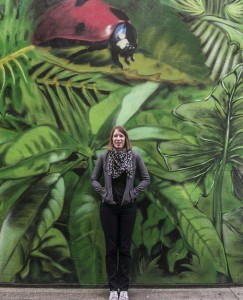
Q. What does your role entail?
A. I guess I’m the link between the artist, the government and business owners. Unlike what the media has said, I’m the third person who has been brought in as the coordinator not the first. I get to do the more fun things, like working with the artists, getting murals painted and working with youth groups and school groups.
Q. How do Canberra’s legal graffiti sites work?
A. It’s all about diversion, and trying to get artists to move to those legal sites. We currently have 24 legal sites around the ACT, and 4,500 square metres of legal space. Where anyone, at any time, without a permit, can go with a spray can and do what they like, within reason. Considering in most states if you did that you’d get arrested, we’re pretty lucky. But the issue we have with our legal sites is that they are so spread out and not necessarily in easily accessible central places where we want them to be. But the places we want them to be we don’t own any assets, so we have to get business owners to agree to have them on their wall. We’re trying to get one in the city and also in the inner north.
Q. How do people know where these sites are?
A. They’ve all got signs to clearly mark that they’re a legal site and we have a map up on our website with drop pins of where each site is.
Q. What are you doing about the legal sites that are currently being abused?
A. We’re soon to put up signs in these sites that say quite clearly that the rules aren’t being followed, if you continue to damage the surrounding area, the site will be closed down. We’ll just paint over it, put a sign up saying it’s closed and put a load of cameras up, so if you do use it you’ll get prosecuted. And we don’t want to do that but we will if we have to.
Q. Art in all its forms is about pushing boundaries, do you think that control of street art by the government, dilutes it and the message it is trying to portray?
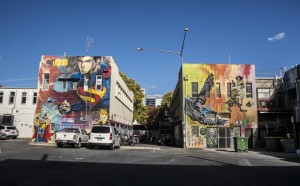
A. On one hand, I think yes. From someone who loves street art, to have a public servant interfering in that is a massive shame. But then on the other hand I don’t think that’s true because if you don’t have someone in government like me, singing the praises of these people, and making managers and directors aware that this is not going to go away and we have to promote it, we have to encourage it, we have to be positive about it, then these artists aren’t going to get listened to. So depending on what day it is and what mood I’m in I kind of sway both ways. But I don’t want any artist thinking that the government is trying to control it, we’re trying to control it in a positive way, not a negative way.
Q. Do you really think that these legal sites will help to tackle the problem of illegal graffiti?
A. I think people say that it actually promotes graffiti because you’re encouraging them to do it, which in one sense the government is, but it’s also encouraging them to do it in the right place. Not on the back of someone’s fence. With 4,500 square metres of space it could be argued that that’s 4,500 square metres that isn’t on the back of fences. If the government can provide football fields and skate parks, why can’t the government provide these creative places? That would be my argument. But not everyone agrees with me. I get people saying to me, how are we going to stop the tagging? But no city anywhere has discovered a solution other than throwing young people in prison and I don’t think we want to be doing that, that opens up a whole other debate.
It’s clear that the 4,500 square metres of legal space isn’t stopping graffiti from ending up on fences, but maybe it is a step in the right direction. It seems that there will always be two types of street artists, those doing it for the illegal anarchic thrill, and those doing it for the love of art and expression. The legal, government run graffiti sites can do little to divert those with lawless motivations, but in theory it’s definitely a progressive solution to providing those who want to do the right thing with a creative outlet that everyone can enjoy.
Images and words by Sarah Kleven
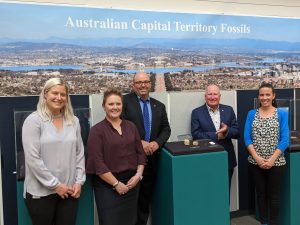
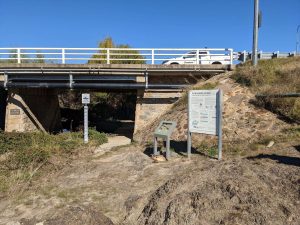
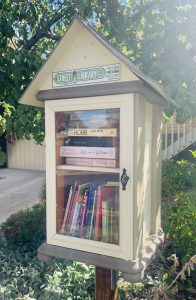


Be the first to comment!